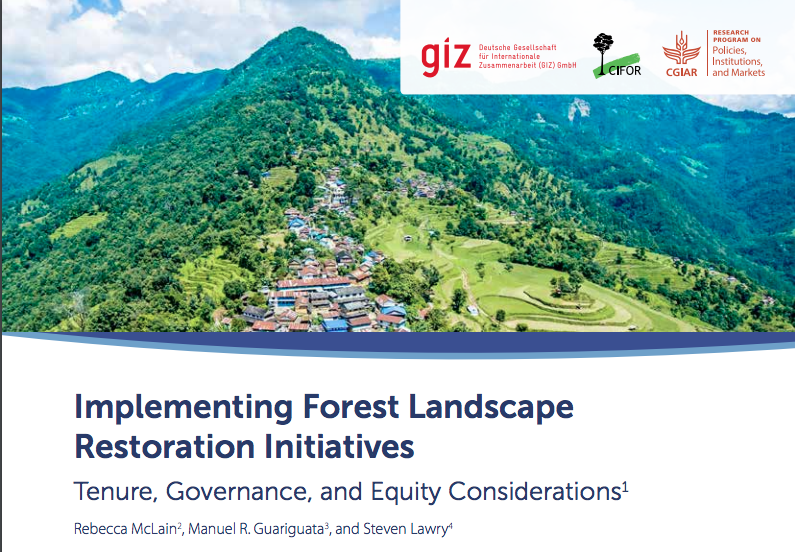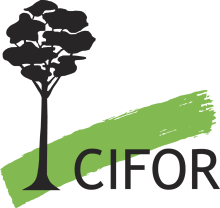Resource information
Forest landscape restoration (FLR) initiatives are being launched over much of the global South. These initiatives seek to restore ecological functions and associated ecosystem goods and services while improving social outcomes (Mansourian and Vallauri 2014). The scale of these initiatives is such that large geographic areas as well as large numbers of people will be affected in the countries that choose to participate in them. The Bonn Challenge issued in 2011 aimed to reforest 150 million ha of degraded and deforested land globally by 2020, a figure that the 2014 New York Declaration on Forests (NYDF) increased to 350 million ha by 2030 (Climate Focus 2016). The NYDF identifies tenure rights and responsibilities as important enabling conditions for FLR. However, despite rhetoric to the contrary, many FLR initiatives involve top-down planning approaches. In consequence, FLR initiatives risk taking insufficient account of how local tenure arrangements affect restoration investments, the extent to which community members are able to participate in designing restoration activities, and whether restoration strategies account for the interests of women and other marginalized groups.


